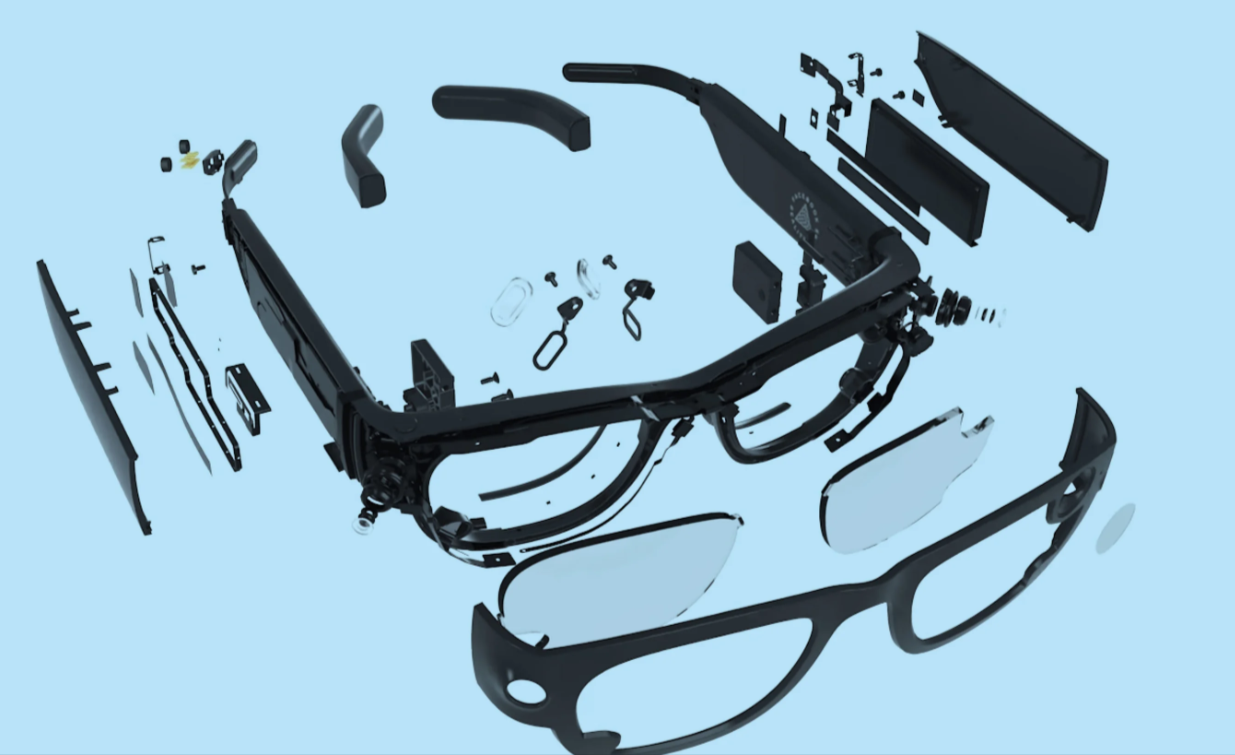To say that the Facebook project, Aria AR glasses have never been intended for consumers will be an underestimated statement. Facebook doesn’t even think of them prototypes. And they don’t, and maybe it will never, available to buy. Instead, Facebook always describes it as a way for its employees to learn and test augmented reality tech.
Although the Facebook announcement at that time clarified the company’s intention, it was light about details about how the glasses would really work. Now, almost a year after the initial launch, a series of regulatory documents gave us a peek late in it. In the user manual first reported by the protocol, we learned that this specific device is used by the Gemini EVT code name, with EVT stands for “engineering assessment test.”
As you would expect, considering the purpose of the stated device, no visual ar component. That is, there is no default display to see 3D image overlay. Again, the glasses in their initial form really existed only for this little engineer team to collect data.
Not that you can buy one but if you can, glasses will also support recipe lenses, manual express.
In addition, the manual shows there is a closeness sensor on the inner temple, along with four cameras that can capture video and silent photos. Interestingly, Facebook uses the same camera sensor here done on the Oculus Quest 2 headset, our review we published on the same day in September last year that Facebook announced the Aria project. Given the time, maybe the sensor is the easiest available for Facebook.
Also inside is a Qualcomm chipset, with a modified Android version providing a software experience. Charging occurs through a USB cable, which is attached to magnetically to the glasses.
The user experience seems simple, as far as we know. There is a shutter button and power, plus a mute switch that “turn off privacy mode on / off.” When the recording is underway, a series of LEDs helps passerby understand that the camera is on. Meanwhile, there is an iOS companion application called Ariane handling the basics: device settings, scanning for WiFi networks, showing battery status and uploading what the sensor has collected. However, it is not clear, if there is also an Android version of the existing application, or is in work. Again, not because you can download it.

